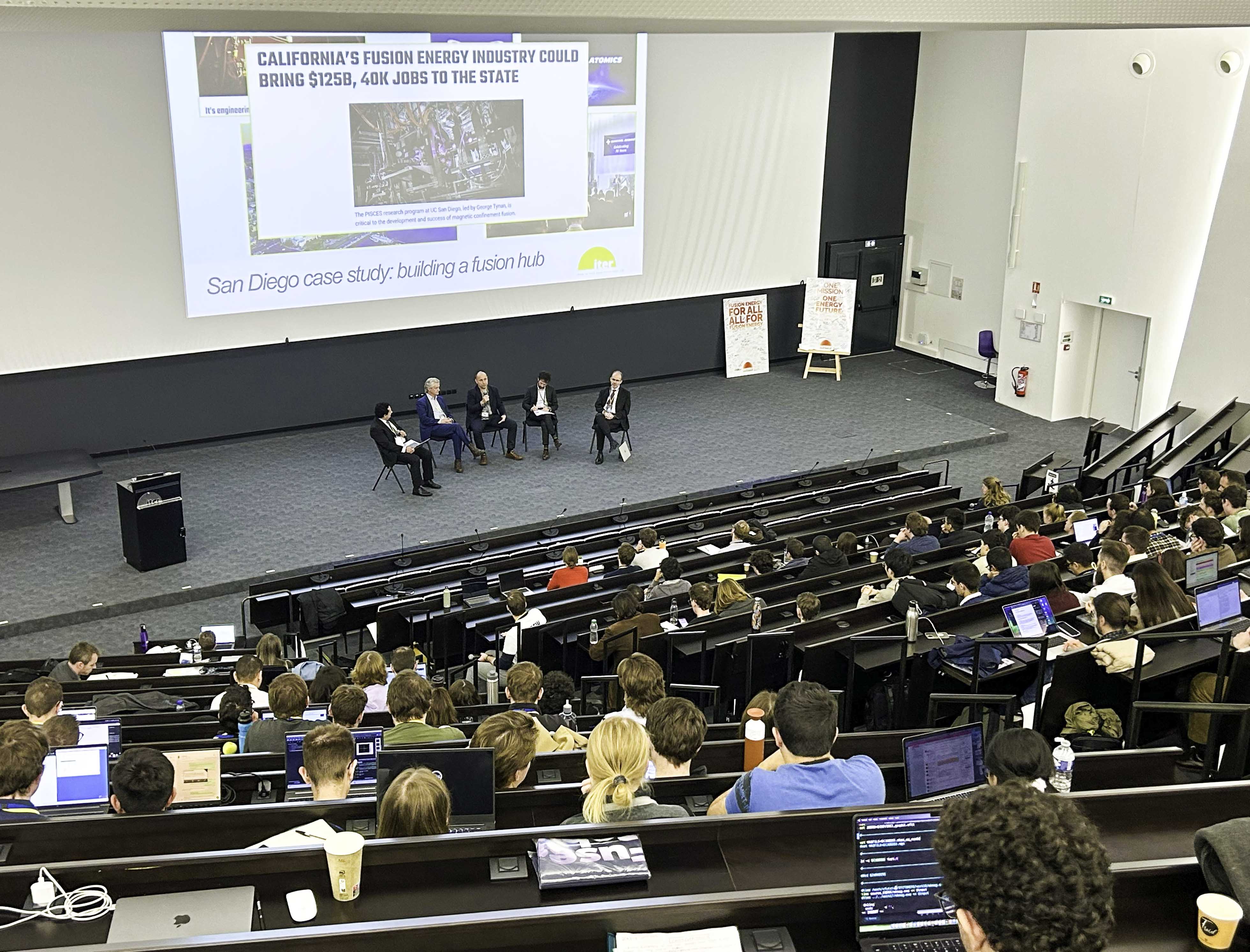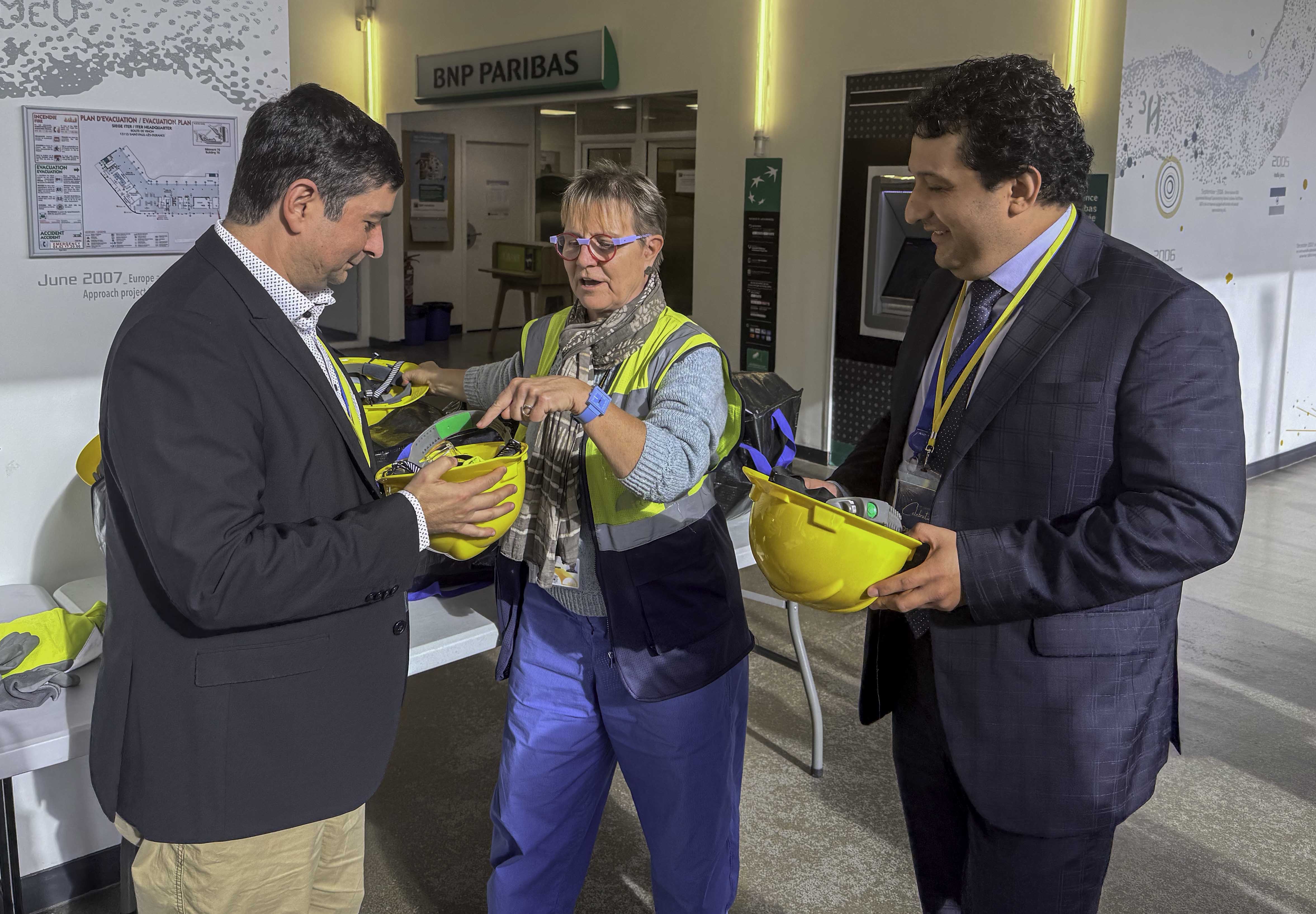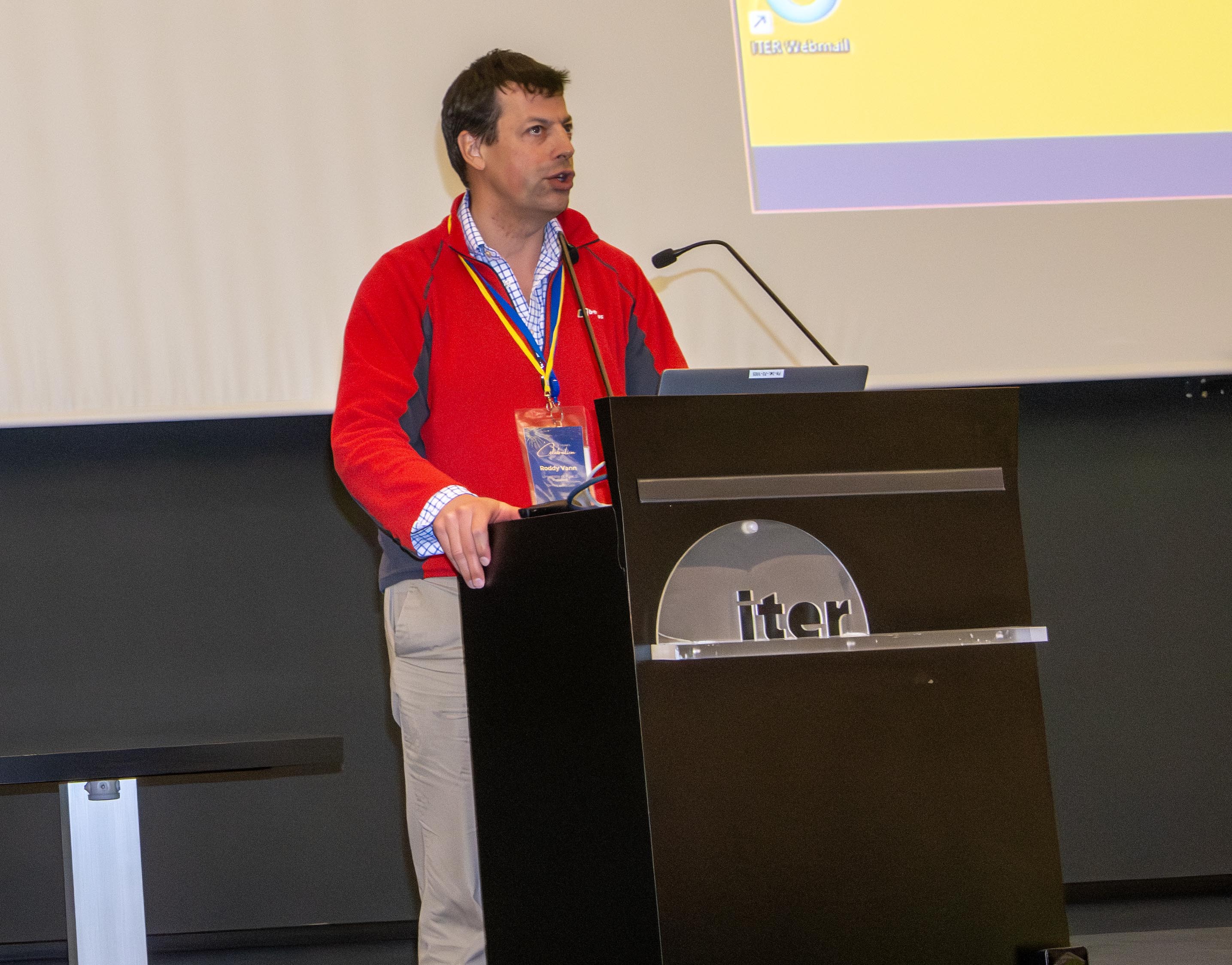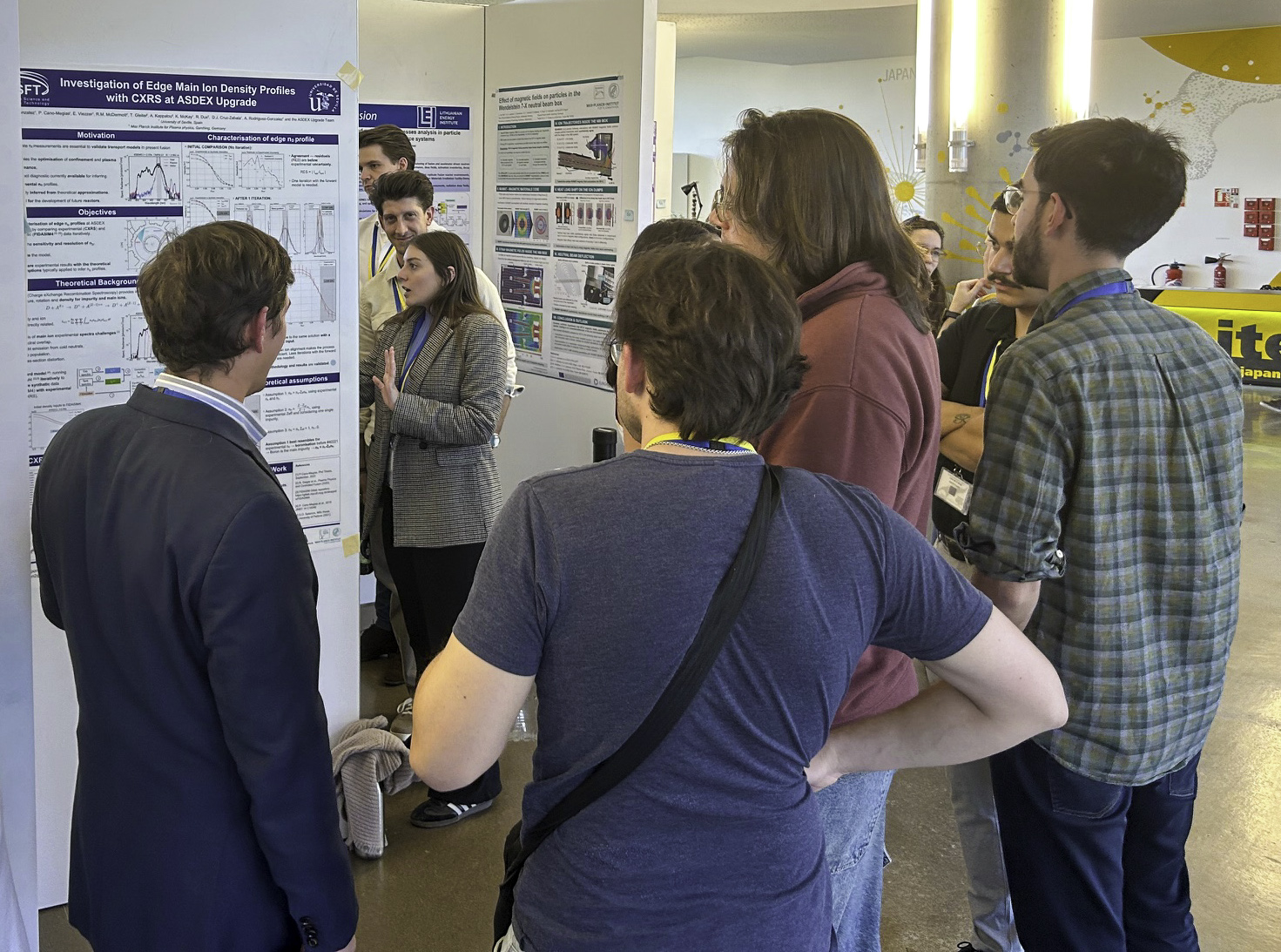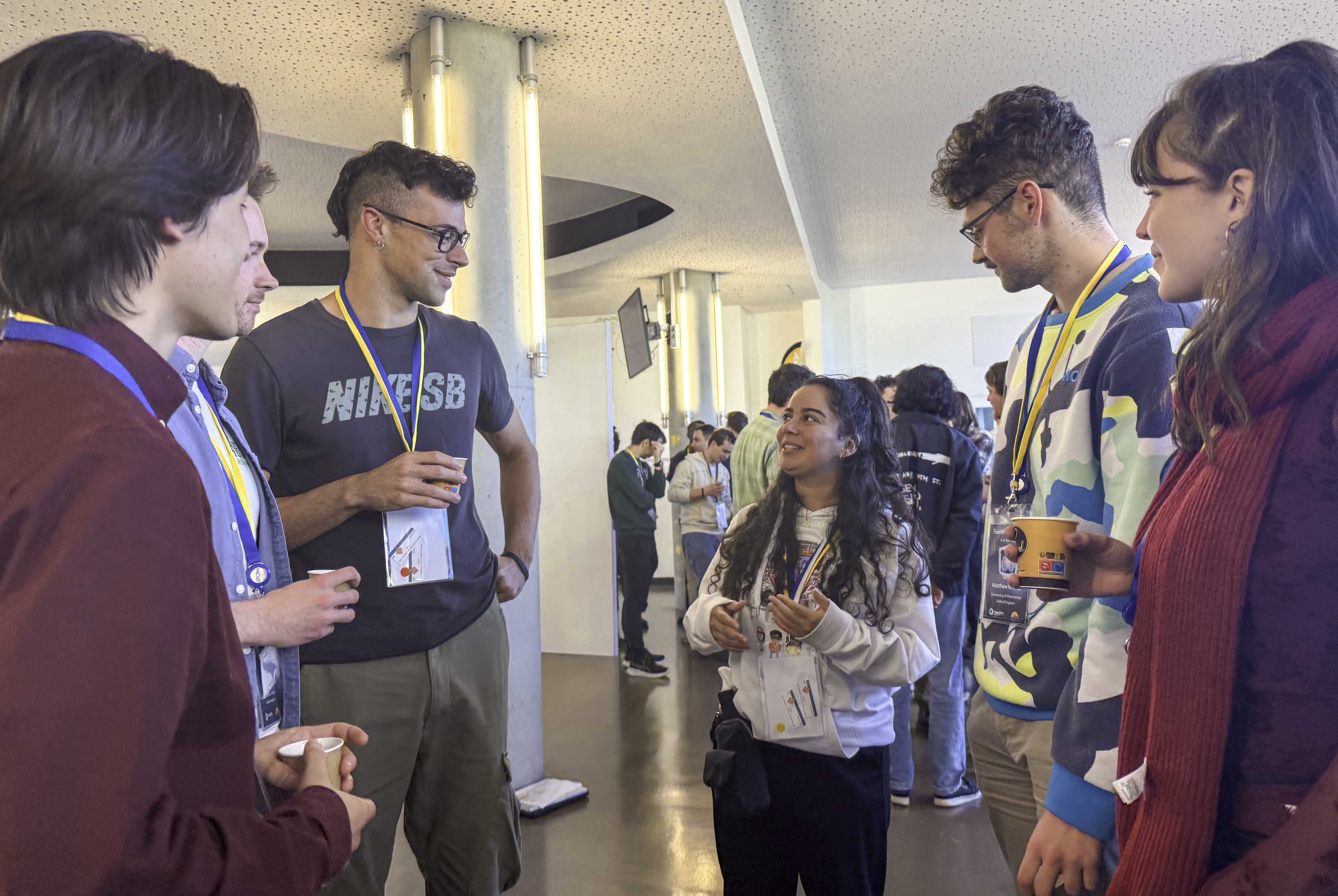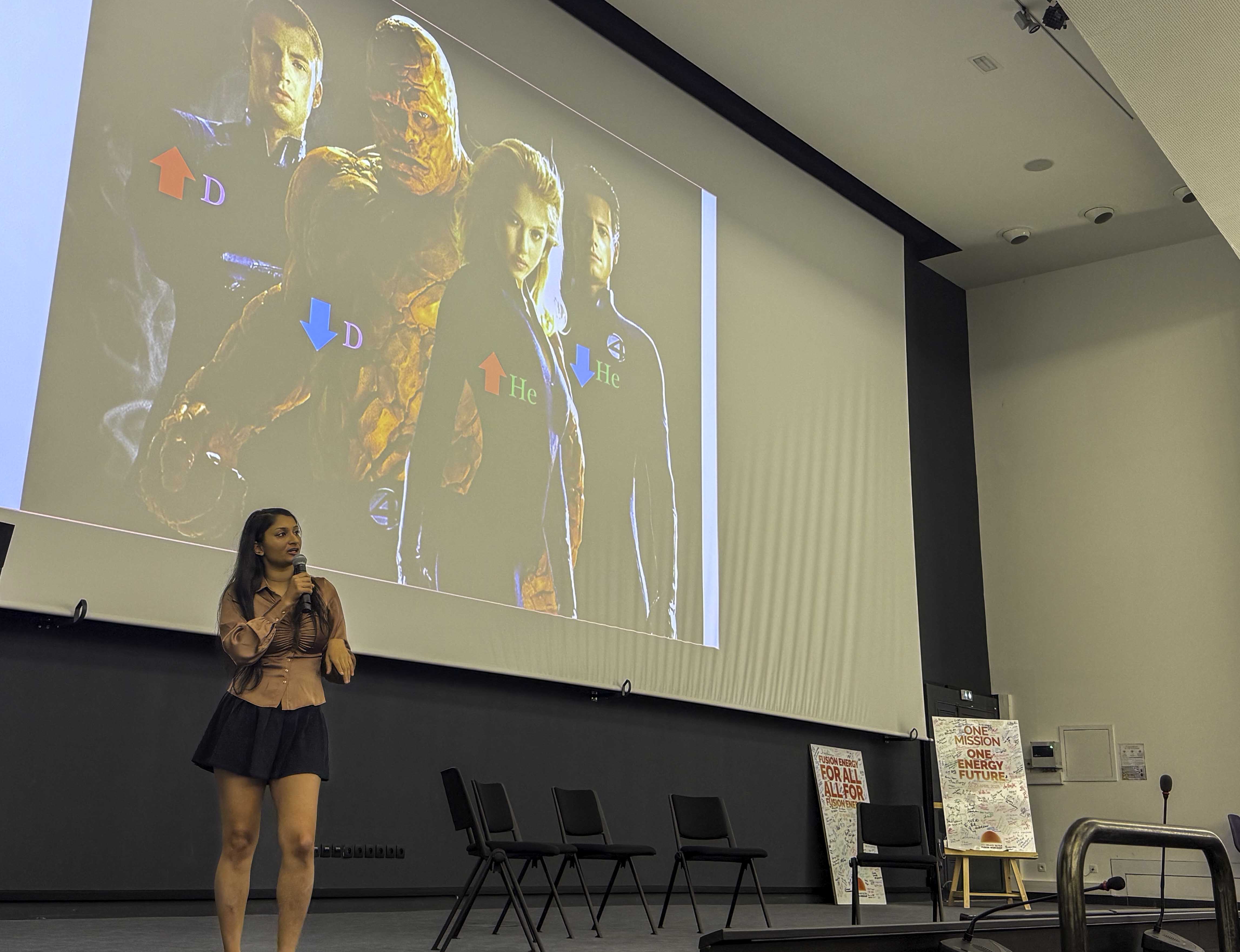The next generation
As demand for fusion expertise grows, 150 European PhD students gathered at ITER to share research and forge connections.
As ITER continues to test and develop the technologies that will drive the fusion industry, it is also helping to ensure the sector will have the scientists and engineers it needs in the future by hosting educational initiatives like the FuseNet PhD event.
From 4 to 6 November, ITER welcomed 150 doctoral students in fusion science and engineering for the annual PhD conference organized by the FuseNet association. The students came from universities across Europe to tour the ITER facilities, take part in networking events, hear lectures from top ITER experts, and present their own fusion research. What emerged over the three-day conference was that as investment in public- and private-sector fusion projects continues to soar, there needs to be a similar upsurge in fusion education.
“People are our greatest commodity,” said Roddy Vann, the chair of the FuseNet board of governors, as he addressed the assembled doctoral students. “The biggest challenge for the future is to have a suitably trained workforce. We can’t fast-track that. We can’t solve that simply by putting more money into fusion or by pouring more concrete. What we need is more expertise like yours.”
FuseNet, the European Fusion Education Network supported by EUROfusion, coordinates training efforts across universities, research institutes, and industry. A key part of the effort is the annual PhD conference. The event was launched in Munich in 2011 at a time when fusion roadmaps forecast a need for approximately 300 fusion PhDs per year; according to EUROfusion’s 2024 human resources survey, there were more than 600 PhD students registered across Europe in 2023 and that number still needs to grow.
“We begin our outreach at primary-school level and the PhD event is like the end of the journey,” said Darío Cruz, the executive officer of FuseNet. “It’s an excellent opportunity to hold the event at ITER because it is at facilities like this that students meet the researchers and the people who will help them integrate into the professional world.”
Close to 200 PhD students applied to participate in this year’s event and 150 were able to attend. All students were required to present their doctoral research, either through a poster event in the ITER lobby or by giving a PechaKucha presentation in the auditorium. The PechaKucha presentations, which take their name from the Japanese word for “chit-chat,” are always a highlight of the conference as students are encouraged to veer from a strictly academic approach. At this year’s event, presentations compared deuterium and helium to members of the Fantastic Four or used Zinedine Zidane’s infamous head butt in the 2006 World Cup final as an example of a sudden release of energy.
The 2025 PhD conference fits into ITER’s broader strategy of nurturing fusion talent, which includes the InFUSEd fusion education initiative and ITER’s postdoctoral fellowship programs. ITER also has a representative on FuseNet’s board of governors, Kirsten Haupt, who helped organize the conference at ITER.
There was an added benefit to hosting the PhD event as it gave ITER a close look at the next generation of fusion researchers and opened the door to possible collaborations. As Yutaka Kamada, ITER’s Deputy Director-General for Science & Technology, told the students, “You are here to make connections, so please join ITER or use ITER for the future of fusion.”





